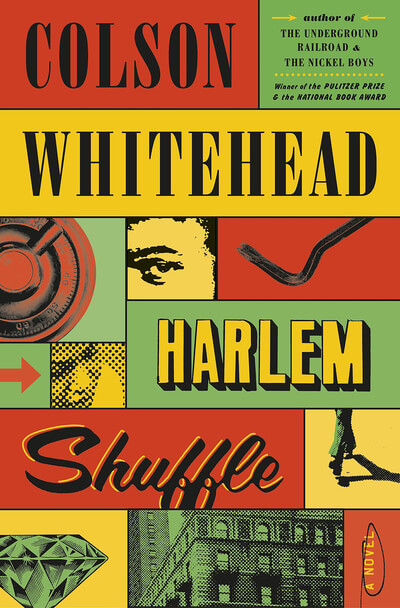Literature and myth are full of tales of the naif who finds himself embroiled in circumstances so off-the-wall that only his innocence and good nature save him. Uwem Akpan’s first novel, New York, My Village, is almost one of these tales.
Nigerian editor Ekong Udousoro has been granted a Toni Morrison fellowship to work on a book about the Biafran War at a boutique New York publishing house. But first, he has to get to the United States, and the novel’s opening chapters deal with the frustrations of acquiring a visa. Ekong experiences a foretaste of what he’ll find in New York City: people who are indifferent and reject him, and people who seem kind and still reject him. No one bothers to tell him why his visa application is rejected, even though he has all the reams of necessary paperwork. They reject him—and others, including a woman who becomes so distraught that her clothes fall off of her—because they have the power and they can. Finally, on his third try, Ekong gets his visa.
New York City is just as baffling. Ekong’s colleagues at the publishing house, every one of them white, welcome him effusively. They’re happy to treat him like a king as long as he keeps a low profile. When Ekong, his childhood friend Usen and Usen’s family go to church, they’re nearly thrown out, then embraced, then ushered into the sacristy where the priest tells them never to come back and suggests they worship at an African American church nearby. This nearly sparks an international incident. Worst of all, Ekong and his screwy neighbors in their Hell’s Kitchen walk-up have bedbugs.
But Ekong is no Candide, nor is he Xi from The Gods Must Be Crazy. Intelligent and sophisticated, he’s capable of a rage that would never occur to these characters. Even as he comes from a place roiling with strife, corruption and intertribal bigotry—his very name means “war”—he just can’t wrap his mind around the perfidy, hypocrisy and smarmy racism that he’s found in America.
Akpan, author of the award-winning story collection Say You’re One of Them, allows Ekong’s astonished anger, acerbic humor and, despite everything, love of New York and its people to anchor him. Of all the characters in New York, My Village, Ekong knows who he is. We are privileged to get to know him, too.



 2015 BookPage Summer Reads
2015 BookPage Summer Reads














